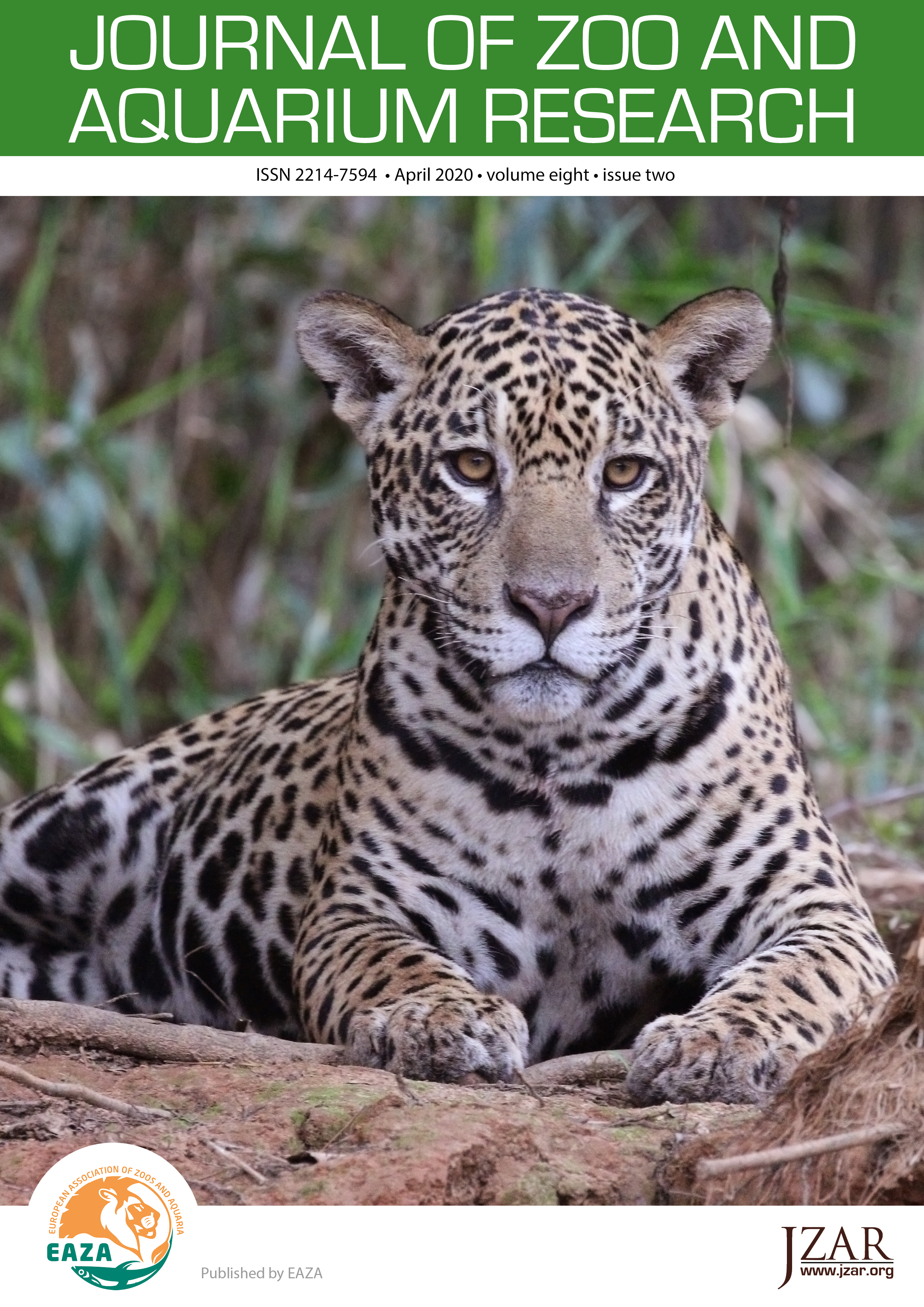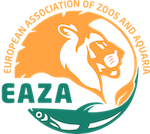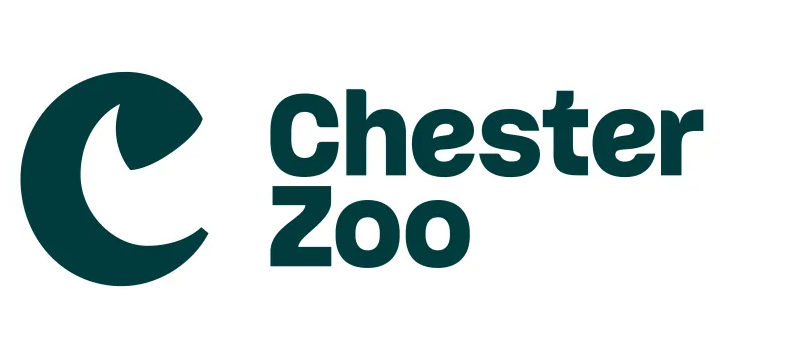Dietary putrescine supplementation reduces faecal abundance of Clostridium perfringens and markers of inflammation in captive azure-winged magpies
DOI:
https://doi.org/10.19227/jzar.v8i2.456Keywords:
Animal nutrition, Azure-winged magpie, Behaviour, Captive stress, Inflammation, Microbiota, WelfareAbstract
Dietary supplementation allows aviculturists to correct for nutritional imbalances helping maintain peak health and welfare of captive populations. Supplementation with the polyamine putrescine (PUT) has been used widely in poultry production and is shown to promote and regulate multiple biological processes essential for growth, digestion, and immunity. This novel investigation quantified the effect of PUT supplementation on gut health and behaviour in a new model passerine: the azure-winged magpie (Cyanopica cyanus). Faecal samples from 15 birds were processed over 10 weeks prior to, during, and following a four week PUT supplementation period. Markers of relative gastrointestinal health were quantified using intestinal microbiota abundance from cultures, immunoassay of pro-inflammatory cytokine interleukin-6, and excreted polyamine concentrations from samples. Instantaneous-focal sampling was used to highlight changes to group behavioural frequencies. PUT significantly reduced faecal interleukin-6 concentration (p<0.0001) and Clostridium perfringens abundance (p<0.0001). Lactic acid bacteria (p=0.0011) and enterobacteria (p=0.0017) abundance increased with PUT, with a subsequent decrease in colony count after supplementation ceased. Flying (p=0.0006) and perching (p=0.0041) frequencies significantly increased and decreased respectively, whilst frequencies of both self-grooming (p=0.03) and drinking (p=0.0013) increased. PUT supplementation here is shown to be beneficial to C. cyanus by reducing gut inflammation and colonization of C. perfringens, subsequently allowing the proliferation of commensal bacterial populations into available niches and improved assimilation of nutrients across the epithelium, reducing nutritional stress. Such reductions in C. perfringens abundance may also indicate the relevance of using polyamines in combinatory treatments for chronic clostridiosis.
Downloads
Published
How to Cite
Issue
Section
License
JZAR fulfils the DOAJ definition of open access and provides free and open access to the full text of all content without delay under a Creative Commons licence. The copyright holder of JZAR publications grants usage rights to third parties, allowing for immediate free access to the work and permitting any user to read, download, copy, distribute, print, search, or link to the full texts of articles.







